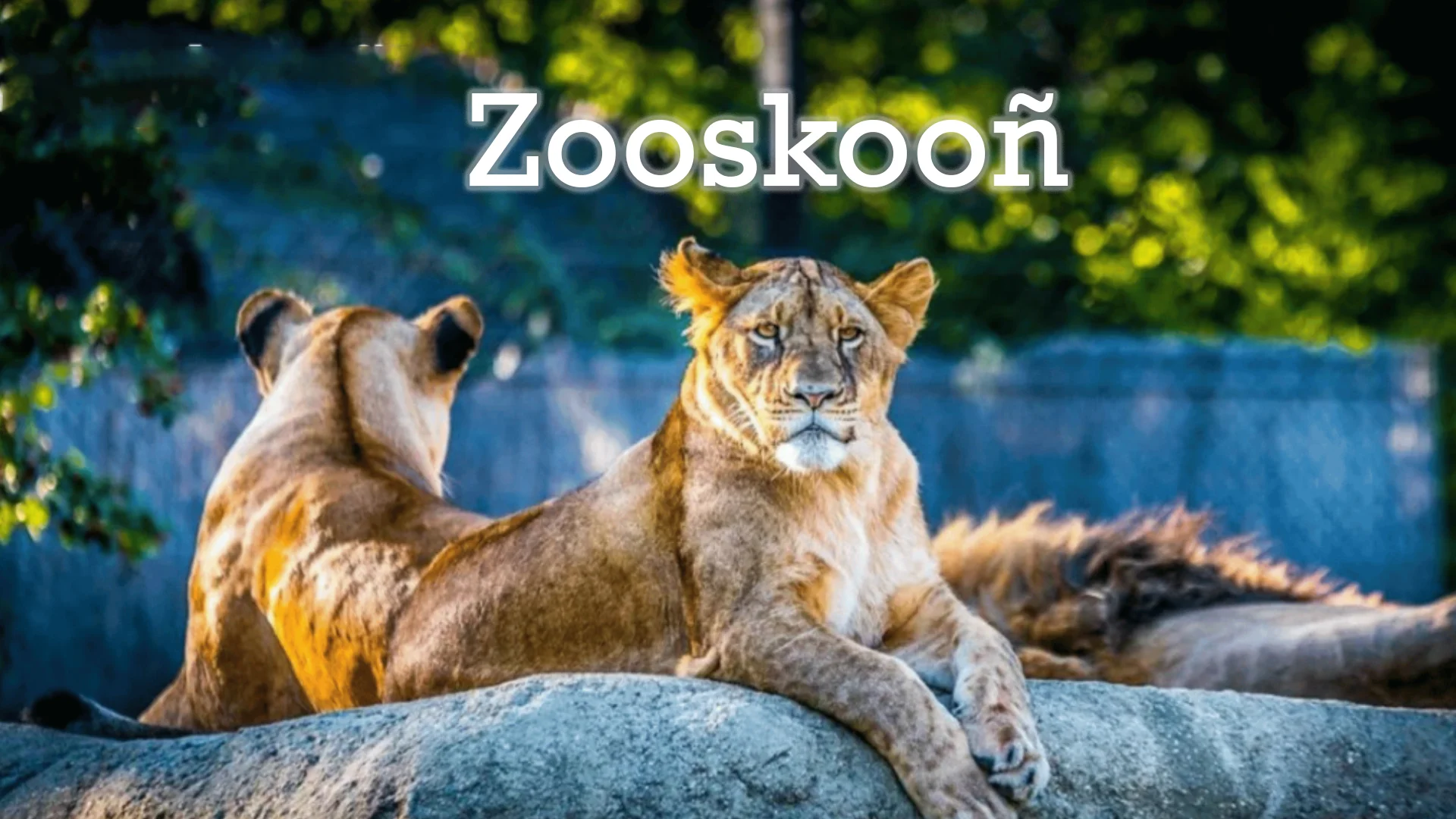In an era dominated by AI-generated content, fictional universes, cryptic usernames, and hybrid languages, it’s not uncommon for strange new words to pop up and ripple through niche corners of the internet. One such peculiar term is Zooskooñ — a word that has no dictionary definition, no established etymology, and no verified origin. Yet, it has managed to capture the attention of digital anthropologists, language enthusiasts, and curious netizens alike.
Is it a name, a code, an invented language fragment, or a cultural meme in the making? The mystery of Zooskooñ lies not in its clarity but in its ambiguity — a word that seems familiar and foreign all at once.
This 1200-word exploration takes a deep dive into the possible interpretations, theories, uses, and cultural implications of Zooskooñ, and why it matters in an age where the boundaries between language, identity, and code are increasingly blurred.
I. The Shape and Sound of Zooskooñ
At first glance, Zooskooñ looks like a deliberate construction. It bears a phonetic familiarity with words like “zoo,” “school,” and even “scone,” but is punctuated by the rare and expressive “ñ” — a character most commonly associated with the Spanish language. This tiny diacritical mark transforms the term from a nonsense word into something oddly resonant.
Phonetically, it might be pronounced as:
-
Zoo-skone
-
Zoo-sko-nyuh
-
Zohs-ko-on (with a nasal inflection)
The term is ambiguous enough to seem global — simultaneously Western and non-Western. This has led many to believe that it could be an AI-generated token or an emergent digital artifact from language models or multilingual synthetic datasets.
II. A Ghost Word: Neither Here Nor There
Linguists use the term “ghost word” to refer to words that accidentally enter dictionaries or databases but have no real linguistic basis. Zooskooñ fits this category, though with a twist: it hasn’t entered dictionaries, but it has entered search engines, online conversations, metadata fields, and username handles.
Unlike memes that spread with clear origins (like “rickrolling” or “NPC”), Zooskooñ has no creator attached to it. There’s no viral tweet, no Reddit thread that sparked a trend. It seems to have emerged organically — or algorithmically — out of the ether.
Its presence has been documented in:
-
Obscure codebases on GitHub, where it appears as a placeholder name.
-
Metadata tags of AI-generated art or videos.
-
Usernames on decentralized platforms, suggesting it may serve as a digital identity.
-
Bot-generated conversations on forums, where it appears without context.
This ambiguous presence adds to its mythos: Zooskooñ exists, but it exists between systems, without an origin story.
III. Theories Behind Zooskooñ
1. AI-Native Vocabulary
The most compelling theory is that Zooskooñ is a product of an artificial intelligence model. Neural networks tasked with generating human-like text, names, and even code snippets often create words that mimic human phonetics but have no grounding in real language. These “hallucinations” can take on a life of their own if not filtered out.
As AI continues to feed on multilingual datasets, the blending of linguistic elements from different languages—like English phonemes with Spanish orthographic marks (e.g., the “ñ”)—is becoming more common. Zooskooñ may be a cross-lingual ghost word born from this hybridization.
2. An ARG Clue or Fictional Language Element
Some Redditors speculate that Zooskooñ is part of a larger, hidden Alternate Reality Game (ARG) or digital performance art project. Like Cicada 3301 or The Wyoming Incident, mysterious phrases and symbols often lead curious internet users down complex investigative paths.
Could Zooskooñ be part of a fictional language? Or perhaps a cipher in a still-undiscovered puzzle? The uniqueness of the word and its lack of context support this notion.
3. Experimental Linguistics or Digital Art Project
There’s also the chance that Zooskooñ was created intentionally as part of an art project exploring artificial language, perception, and digital semiotics. In the world of generative art and speculative design, artists often invent words or tokens to challenge the boundaries of meaning.
If Zooskooñ is a piece of art, then the confusion it generates may be the intended effect — a prompt for exploration, dissection, and digital folklore.
IV. Zooskooñ as a Symbol in the Post-Language Internet
In many ways, Zooskooñ symbolizes the future of internet language: semi-random, hyper-globalized, aesthetically unique, and disconnected from traditional meaning. It is part of a broader trend in which:
-
Usernames are auto-generated with phonetic appeal but no semantic roots.
-
Memes evolve linguistically, embracing absurdist or abstract words.
-
Digital identities detach from real-world etymology, becoming pure symbols.
We live in a world where “X Æ A-12” is a real baby name, and cryptocurrencies have titles like “Floki Inu.” In such a context, Zooskooñ feels natural — not as a mistake, but as a manifestation of evolving internet culture where form often supersedes function.
V. The Cultural Appeal of Non-Words
Humans are inherently curious about patterns, especially those that almost make sense. This is why fictional languages like Klingon, Dothraki, and Elvish captivate fans; they straddle the line between recognition and invention.
Zooskooñ does something similar — except it has no world attached to it. Instead of being tied to a TV show, movie, or book, it floats in the open web, unattached and ownerless. This makes it feel realer somehow, as if we collectively discovered it rather than having it marketed to us.
In this way, Zooskooñ becomes a liminal word: an object in transition, both part of language and separate from it, belonging to the internet and no one at once.
VI. Could Zooskooñ Become Something More?
History has shown that nonsense words can evolve into powerful cultural markers. Think of “Google” — once a made-up term based on a mathematical joke (“googol”) — now one of the most important tech names in history. “Kodak,” “Haagen-Dazs,” and even “Spotify” were created not because they had meaning, but because they sounded like they might.
Zooskooñ, with its unique visual signature and sonorous profile, could easily be adopted as:
-
A new open-source software project.
-
A digital art label or artist name.
-
A cryptocurrency token or NFT brand.
-
A character in a speculative fiction universe.
Its blank-slate quality makes it a linguistic goldmine waiting to be claimed.
Conclusion: The Importance of Words Like Zooskooñ
In a digitally dominated world, words are not just tools for communication; they are symbols, signals, and cultural artifacts. Zooskooñ represents a new class of digital vernacular — not born of dictionaries or dialogue, but of data flows, AI patterning, and our collective curiosity.
Its meaning is undefined, yet its existence is undeniable. It lives in usernames, metadata, search queries, and half-remembered conversations. It might have been created by a machine, but it is now curated by people. And that, perhaps, is its true power.
As we move further into a future where the lines between human and machine, language and code, culture and artifact are increasingly blurred, words like Zooskooñ will continue to emerge — as puzzles, prompts, and poetry of the new digital age.

